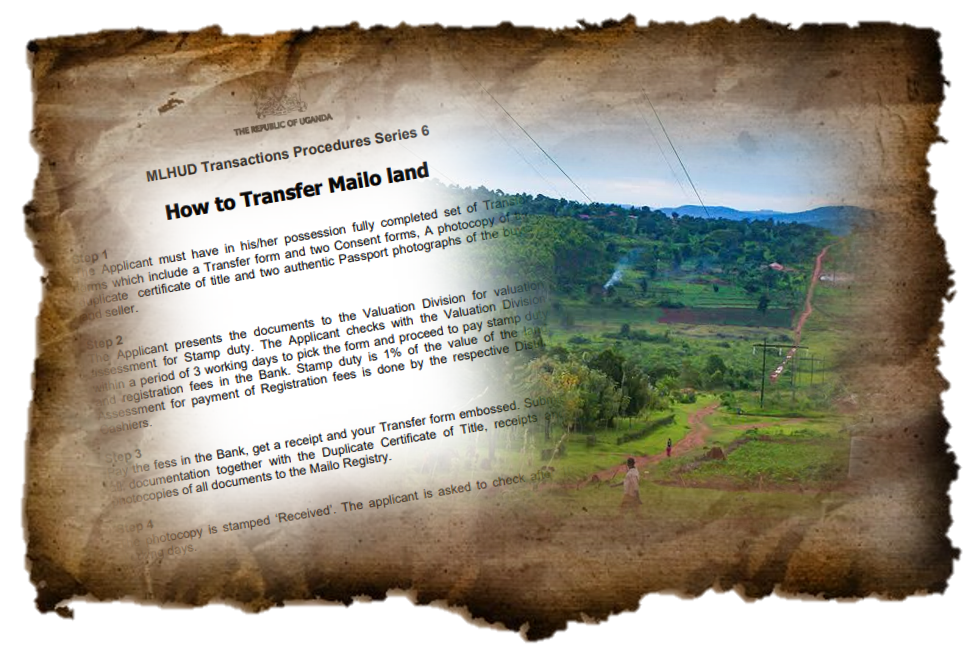Housing estates. Article by roland katende.
A housing estate is a collection of houses (or plots of land demarcated for home construction) within a single development.
Usually, housing estates are large spans of land comprising individual homes built with a similar design concept or theme by the same developer.
However, this is not always the case since some land developers simply demarcate the large span of land into individual plots and improve them with amenities and infrastructure like roads, electricity lines and drainage channels, then sell the plots to different people to construct their own homes in their own style, sometimes with a few accompanying restrictions regarding use of the land and nature of construction.
A typical example of the former type of housing estate is the Mirembe projects. The Mirembe projects by the Guoji Group Company Ltd is a housing project comprising the Mirembe Villas in Kigo along the Entebbe Express Highway and the Mirembe Estates in Sentema along Sentema Road, off the Northern Bypass. Both projects are fully established housing estates, complete with homes and amenities set in a gated community. Here, different people can buy into complete and furnished homes that suit their specifications such as number of rooms, size of the rooms, size of the compound, among other specifications. Other examples of such estates include the Royal Palms Estate in Butabika and the Pearl Marina Estate in Garuga.
A typical example of the latter type of housing estate is the Akright Satellite cities. The Akright Satellite cities are well developed spans of land comprising drainage facilities, electricity lines, tarmac roads and well demarcated streets and lanes. However, no upfront construction is undertaken by the developers. People buy plots of land within the estate and build their own homes in accordance with the existing policies or covenants, if any. Other examples of such estates include Zion Estates and Jomayi Estates.
Either type of housing estate has its own pros and cons and one has got to make a decision on which type of estate to buy into depending on their own unique situation. The major difference between the two comes down to whether one wishes to buy a finished home or build their own. However, residents of both types of housing estates enjoy all the benefits of estate living.
Features of a housing estate.
1. Well demarcated plots of land:
Plots within housing estates are usually demarcated according to legal standards (minimum of 100ftx50ft plots) and are often surveyed by professional surveyors which leaves little room for conflict between owners of adjacent plots or the estate developer. The plots are also arranged in an organized manner, putting key factors like access, drainage and aspect into consideration.
2. Presence of infrastructure:
Well developed housing estates often include aids to service provision like roads, electricity lines, drainage channels, telephone and internet lines or masts, among others. These, in-turn, provide a basis for establishment of amenities.
3. Presence of amenities:
When the necessary supporting infrastructure is in place, a number of amenities can then be established onto the estate such as swimming pools, cinema halls, sporting facilities, among others. Such amenities are often found on fully developed housing estates, complete with homes and supporting facilities such as the Mirembe Estates and are enjoyed by the whole or sections of the whole community.
4. Condominium service:
This refers to services regarding aspects of the housing estate that are shared by the entire community such as garbage collection, landscaping of the gardens and compounds, sweeping of walkways and security. These are usually provided by the estate developer and are subject to a periodic payment called a condominium fee which is arrived at under consensus of the residents of the community and the community leadership.
Benefits of living in a housing estate.
1. Security:
By virtual of their establishment within a single enclosure, housing estates usually provide security through private security companies or in-house security which may include CCTV surveillance, manned surveillance, security alarms, electric fencing and guard posts. This gives the residents peace of mind at all times within the estate. This service may be provided at no extra cost or catered for under the condominium fee of the estate. Either way, security is a huge win for estate living with the added benefit of neighborhood watch.
2. Stability:
The organized nature of housing estates leaves little room for constant conflict with neighbors relating to plot encroachments, trespass, easements, tenure, among others as these are often taken care of by the estate developer beforehand. The buyer often gets the complete and finished package which grants them peace and stability in the course of their residence.
3. It is economical:
Buying into a well-developed estate is considerably cheaper than building an individual home on a private plot of land. This is so because estate developers incorporate economies of scale into their pricing which, in essence, represents an element of shared cost by all residents of the estate. In addition to other features of a housing estate that would have to be privately established under a private setting, living in an estate provides a more economical opportunity for comfortable living.
4. It is ecological:
Housing estates leverage the real estate concept of densification which implies that concentration of masses of people and human activity can lead to better control of the effects of human activity on the environment such as high carbon emissions, deforestation, swamp reclamation, among others. Most housing estates comprise environmentally-friendly policies and establishments such as inorganic waste management and green areas (parks and gardens) respectively.
Uganda boasts a rich assortment of well-developed housing estates of both types discussed in this article. These are largely located on the outskirts of the Central Business District and other suburban areas, off major highways. One can find some of these listed on most listing platforms such as the Real Estate Database, Space MLS, Lamudi, among others.



